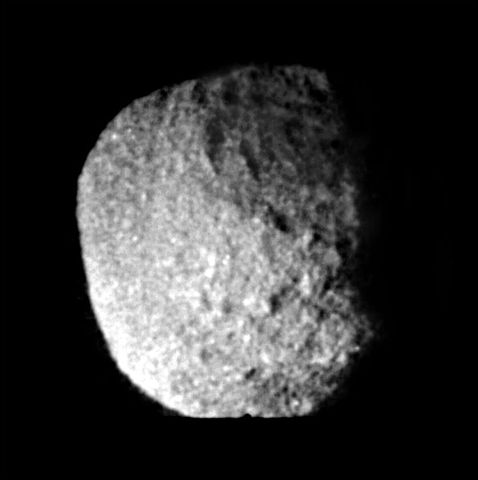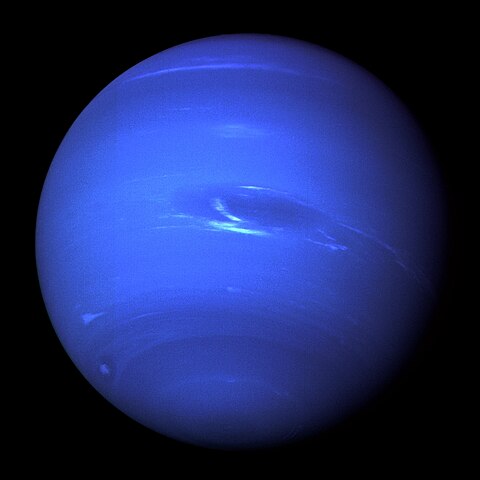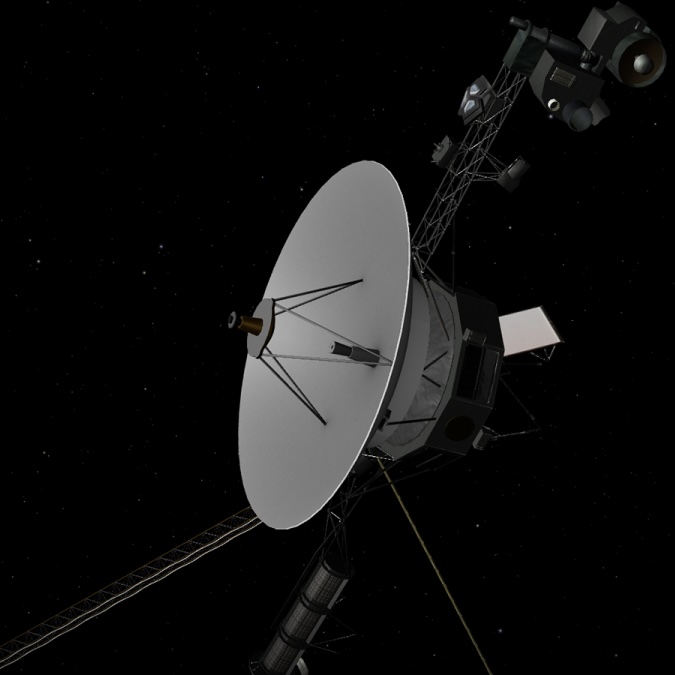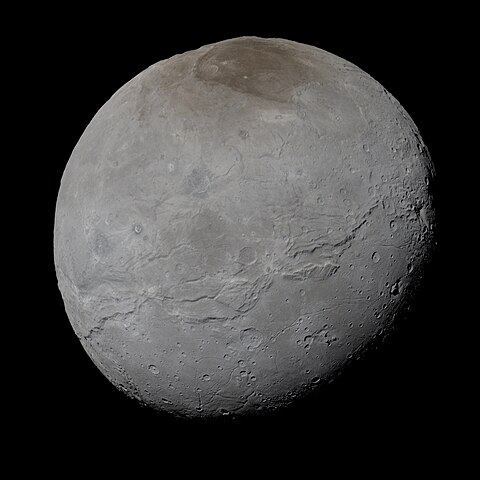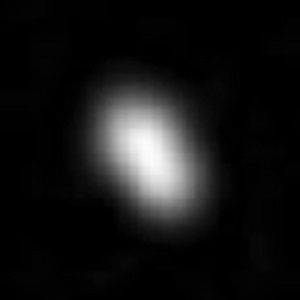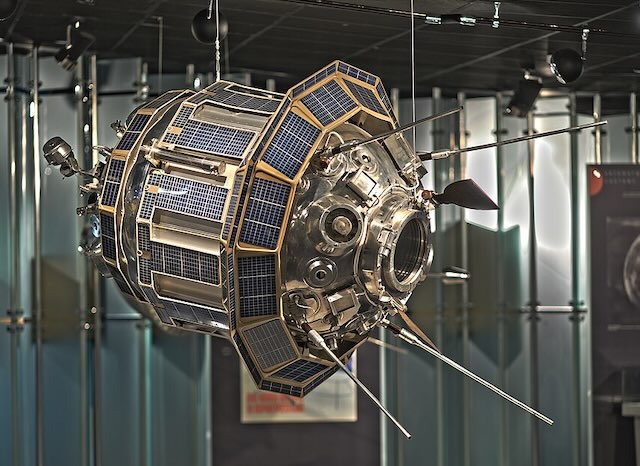1 day / second
0.5 AU
Proteus
Moon of Neptune
A dark, irregularly-shaped moon that is the second largest of Neptune's satellites and the last moon discovered during the Voyager 2 flyby in 1989.
Key Facts
learn more | Wikipedia |
mass | 2.5000e+19 kg |
radius | 209 km |
semi-major axis | 117,646 km |
eccentricity | 0.001 |
inclination | 28.844º |
longitude of the ascending node | 0º |
argument of periapsis | 0º |
orbital period | 1.122 days |
surface gravity | 0.004 g |
discovery date | June 16, 1989 |
discovered by | Stephen P. Synnott using Voyager 2 images |
name origins | Named after Proteus, a shape-shifting sea god from Greek mythology |
dimensions | Irregular shape, approximately 420 km diameter |
albedo | 0.096 |
material composition | Primarily water ice and silicate rock |
density | 1.3 g/cm³ |
Parent Planet
Neptune
The eighth and most distant planet, Neptune is a cold, windy ice giant with a vivid blue color, powerful storms, supersonic winds reaching 1,200 mph, and a collection of 14 known moons including the geologically active Triton.
Spacecraft Visits
Voyager 2
Flyby
Launched in 1977, visited in 1989
During its 1989 Neptune flyby, Voyager 2 discovered and photographed Proteus from a distance of 146,000 kilometers, revealing it to be the second largest moon of Neptune with a dark, heavily cratered surface approximately 420 kilometers in diameter.
